Lightweight Tactical Helmet
Price range: $ 47 through $ 50
“Durable, lightweight tactical helmet designed for high-performance missions, airsoft, or outdoor activities. Offers comfort, ventilation, and secure fit for extended wear.”
LIGHTWEIGHT TACTICAL HELMET
Detailed Overview
In today’s tactical missions, whether in the military, law enforcement, or field sports such as airsoft and paintball, having dependable, long-lasting, but comfortable headgear is a necessity. The **Lightweight Tactical Helmet** is an essential part of equipment that meets protection, mobility, and wearer comfort. This introduction discusses why lightweight tactical helmets are necessary, what to look for in them, their advantages, and how to select the ideal one for your needs.
What is a Lightweight Tactical Helmet?
A tactical helmet is a specialized headgear meant to protect against impacts, ballistic attacks, and external environmental stresses during tactical operations, training, or outdoors sports. Unlike older heavy combat helmets, **lightweight tactical helmets** employ advanced materials like high-strength polymers, carbon fiber composites, or ballistic fibers to reduce weight without compromising protection.
These helmets frequently come with modular elements that provide the ability to customize with mounts, rails, padding, and communications equipment, making them adaptable for multiple operations or for recreational purposes.
Key Features of Lightweight Tactical Helmets
1. **Lightweight Construction**
The main sales feature of such helmets is their lesser weight, typically between 1 to 3 pounds (0.5 to 1.5 kg). The use of light materials such as aramid fibers (e.g., Kevlar), high-density polyethylene (HDPE), and carbon fiber composites minimizes fatigue over prolonged missions so that soldiers, police officials, or athletes remain active and attentive.
2. **Ballistic and Impact Protection**
While lightweight, most tactical helmets offer high ballistic protection, frequently certified as conforming to standards such as NIJ Level II or IIIA to provide handgun round and shrapnel protection. They also have high impact resistance to minimize the threat of blunt trauma.
3. **Modular Design & Accessories Compatibility**
Contemporary helmets include attachment points such as NVG (night vision goggle) mounts, side rails, and Velcro patches. This modularity allows users to affix:
* Night vision goggles
* Headsets for communication
* Lights or cameras
* Visors or face shields
* Counterweights and battery packs
4. **Comfort & Fit**
Long-term wear requires comfort. Adjustable suspension systems, padded liners, and ventilated materials relieve pressure points, provide better ventilation, and safely fit various head sizes.
5. **Ventilation & Heat Management
Most lightweight tactical helmets use vents or breathable padding material to regulate temperature and prevent overheating from prolonged activity or heat.
6. **Weather Resistance & Durability**
Lightweight tactical helmets are designed to endure rough weather conditions — from rain and mud to heat and cold. Weather-resistant materials and coatings provide extended service life.
Advantages of Wearing a Lightweight Tactical Helmet:
Increased Mobility and Minimized Fatigue
One of the greatest benefits is the substantial decrease in weight in comparison to conventional helmets. That means less strain on the neck and greater balance when moving quickly, such as running, climbing, or taking cover.
Better Protection Without Bulge
Though light, these helmets don’t sacrifice on safety. They offer robust ballistic and impact protection against bullets, shrapnel, falls, and blunt force trauma — crucial in tactical and combat settings.
Mission-Specific Customization
The modular nature enables operators to adapt gear rapidly according to mission needs — adding night vision goggles for night ops, comms headsets for coordination, or cameras for documentation.
Enhanced Comfort for Longer Wear
With adjustable fitments and breathable fabrics, people can wear helmets for extended periods of time without discomfort, which is critical on long missions or sporting events.
Versatility Across Multiple Applications
Lightweight tactical helmets aren’t only used by the military. They’re also growing in popularity with:
* Law enforcers and SWAT units
* Airsoft, paintball, and other tactical games
* Search and rescue operations
* Outdoor adventure sports
Common Materials Used
Knowing the materials assists in understanding how lightweight helmets are able to keep their strength and durability:
* **Aramid Fibers (Kevlar):** Familiar ballistic material that is strong and heat-resistant, commonly layered in helmets to prevent bullets and shrapnel.
* **Carbon Fiber:** Lightweight, extremely strong composite used for structure.
* **High-Density Polyethylene (HDPE):** Light plastic that provides impact protection and economy.
* **Ultra-High-Molecular-Weight Polyethylene (UHMWPE):** Advanced ballistic fiber that provides high strength-to-weight ratio.
—
## Selecting the Appropriate Lightweight Tactical Helmet:
### 1. **Define Your Intended Use**
Military use demands high ballistic requirements; airsoft players can require comfort and accessory mounts. Identify your main purpose.
### 2. **Verify Protection Level**
For helmets, check for certification to ballistic standards (NIJ levels) when bullet resistance is essential. For sporting use, emphasize impact and abrasion resistance.
### 3. **Weight-Protection Trade-off**
Although lightweight is a benefit, make sure the helmet is protective enough for your purposes. Don’t trade safety for weight.
### 4. **Fit & Comfort**
Check for adjustable fit, padding options, and ventilation. Attempt to try helmets on when possible to discover the optimal fit.
### 5. **Modularity & Accessories**
Consider what attachments you may require — NVG mount, rails, communication headset compatibility. Select a helmet with appropriate mounting provisions.
### 6. **Durability & Weather Resistance
Make sure materials and construction are tough enough for your climate. Opt for water resistance and temperature ratings.
### 7. **Budget**
Prices range from high to low. Military helmets are more costly due to ballistic testing, while sport helmets are less expensive.
Maintenance and Care Tips:
* Inspect helmet regularly for cracks, wear, or damage.
* Clean with mild soap and water; avoid using harsh chemicals.
* Inspect and adjust padding and straps for fit.
* Keep in a cool, dry location away from direct sun.
Common Usage and Applications:
### Military and Law Enforcement
Offers frontline protection while permitting mobility and communication. Necessary for tactical units on raids, patrols, or combat missions.
### Airsoft and Paintball
Lightweight tactical helmets are favored by players for realistic equipment simulation and head safety in high-speed games.
### Outdoor Adventure and Search & Rescue
Gives protection from falls, debris, and environmental hazards while climbing, hiking, or conducting rescue operations.
Final Thoughts:
The **Lightweight Tactical Helmet** is a must-have for any tactical operator or avid outdoors sportsman. With the perfect mix of protection, functionality, and comfort, it will keep you safe and effective. The selection of the right helmet involves weighing your requirements for weight, protection, and modularity for optimum performance.
Lightweight Tactical Helmet
Color:Army Green, Black, Grey
Head circumference: 53-60 CM






| Weight | 0.61 kg |
|---|---|
| Dimensions | 270 × 290 × 160 cm |
| Color | ArmyGreen, Black, Grey, Sand color |
Only logged in customers who have purchased this product may leave a review.

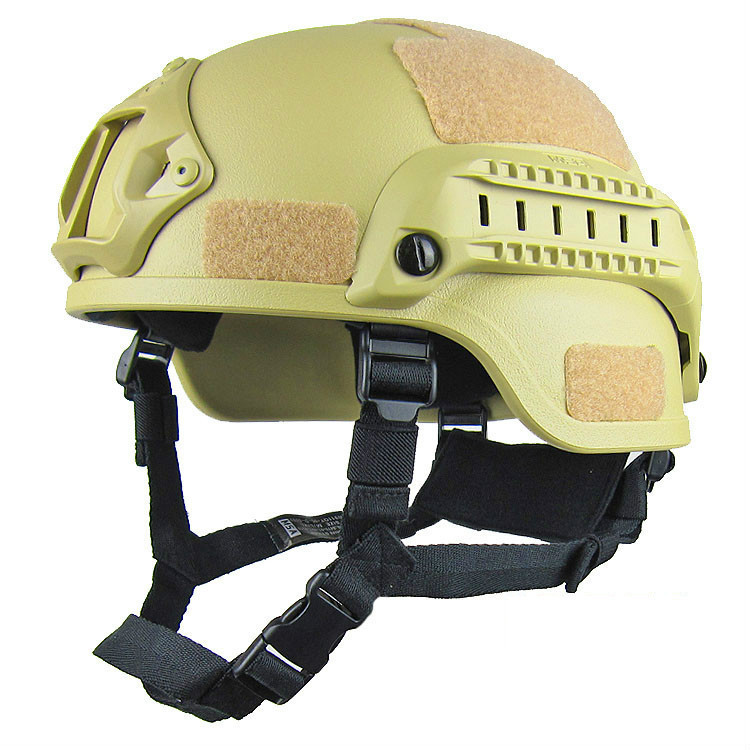
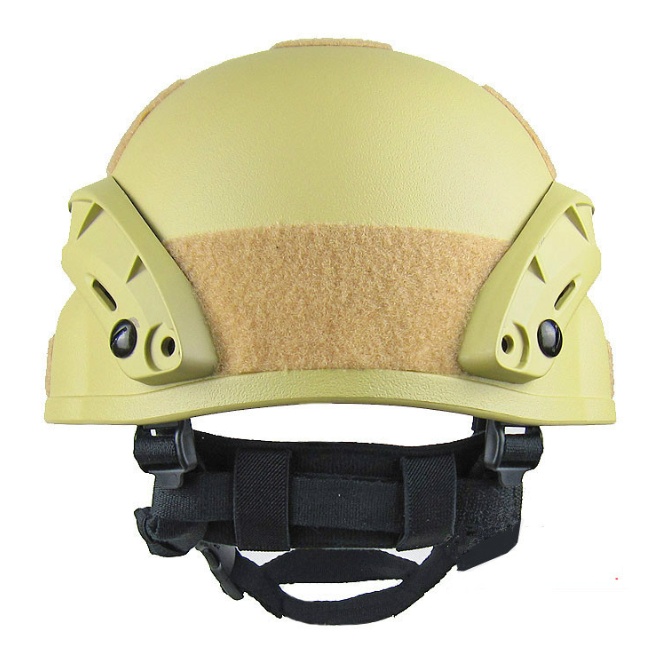
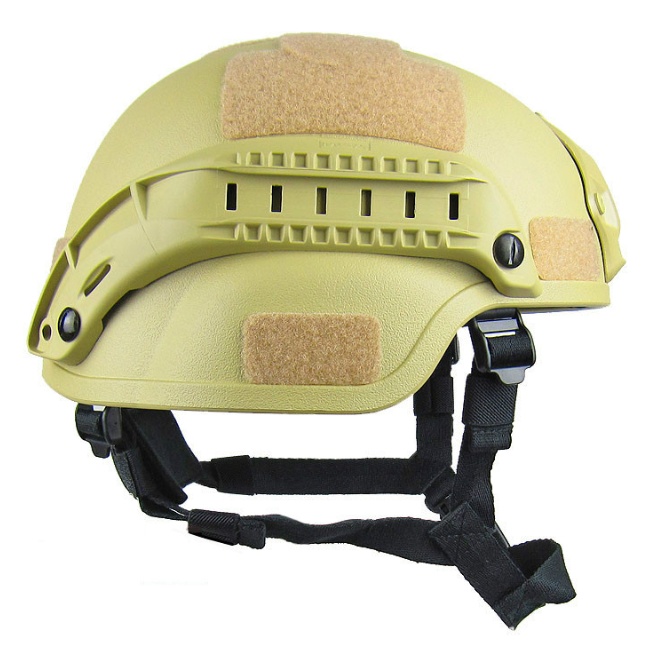
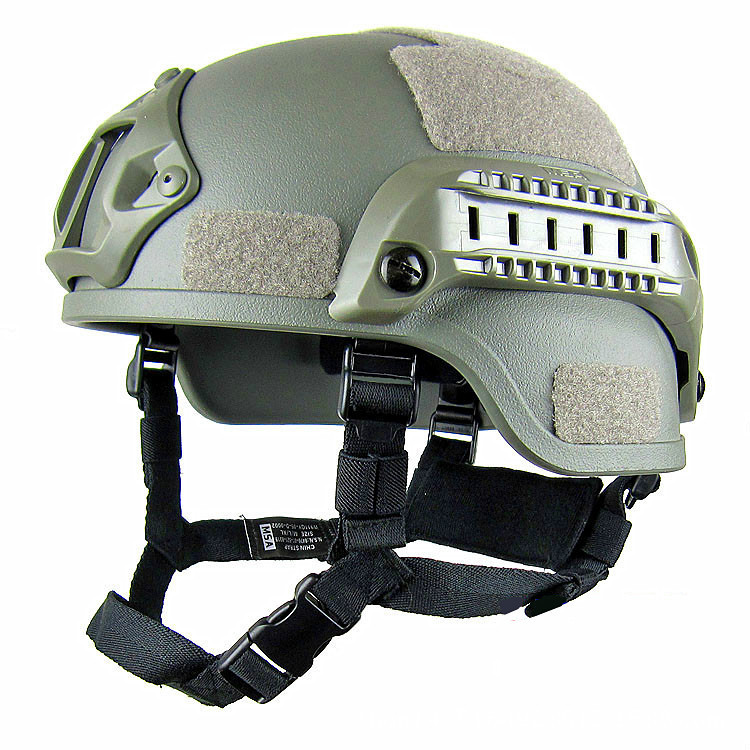
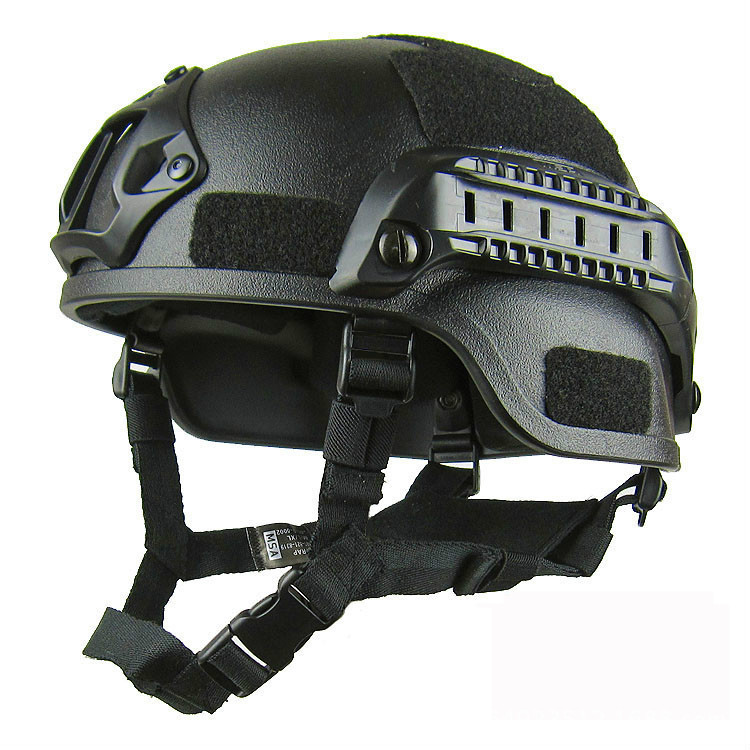
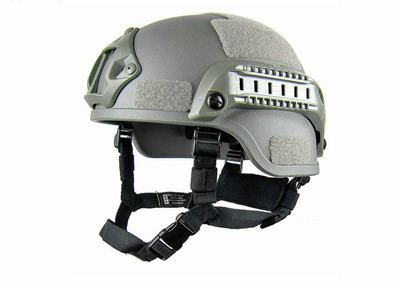
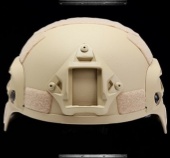
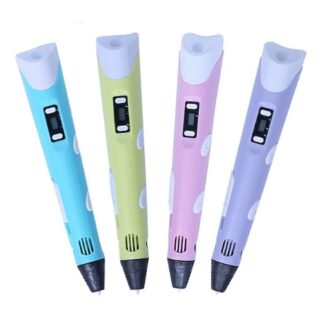
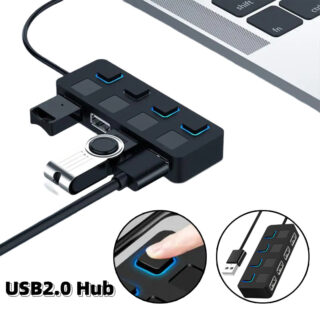
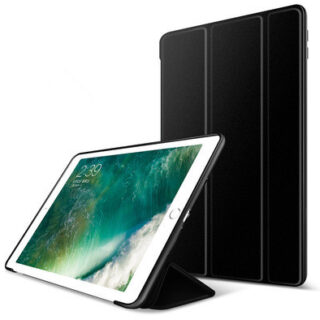
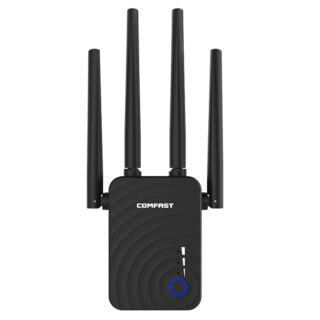

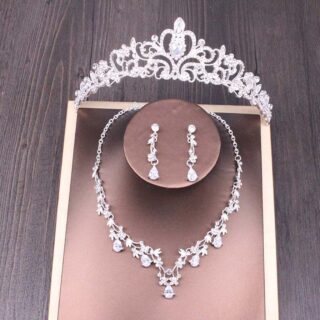
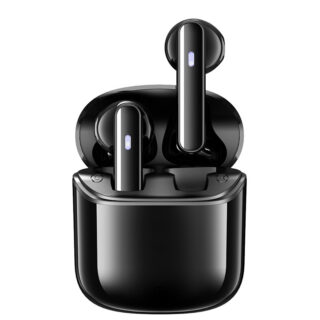
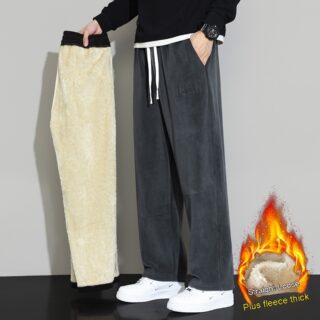



Reviews
There are no reviews yet.